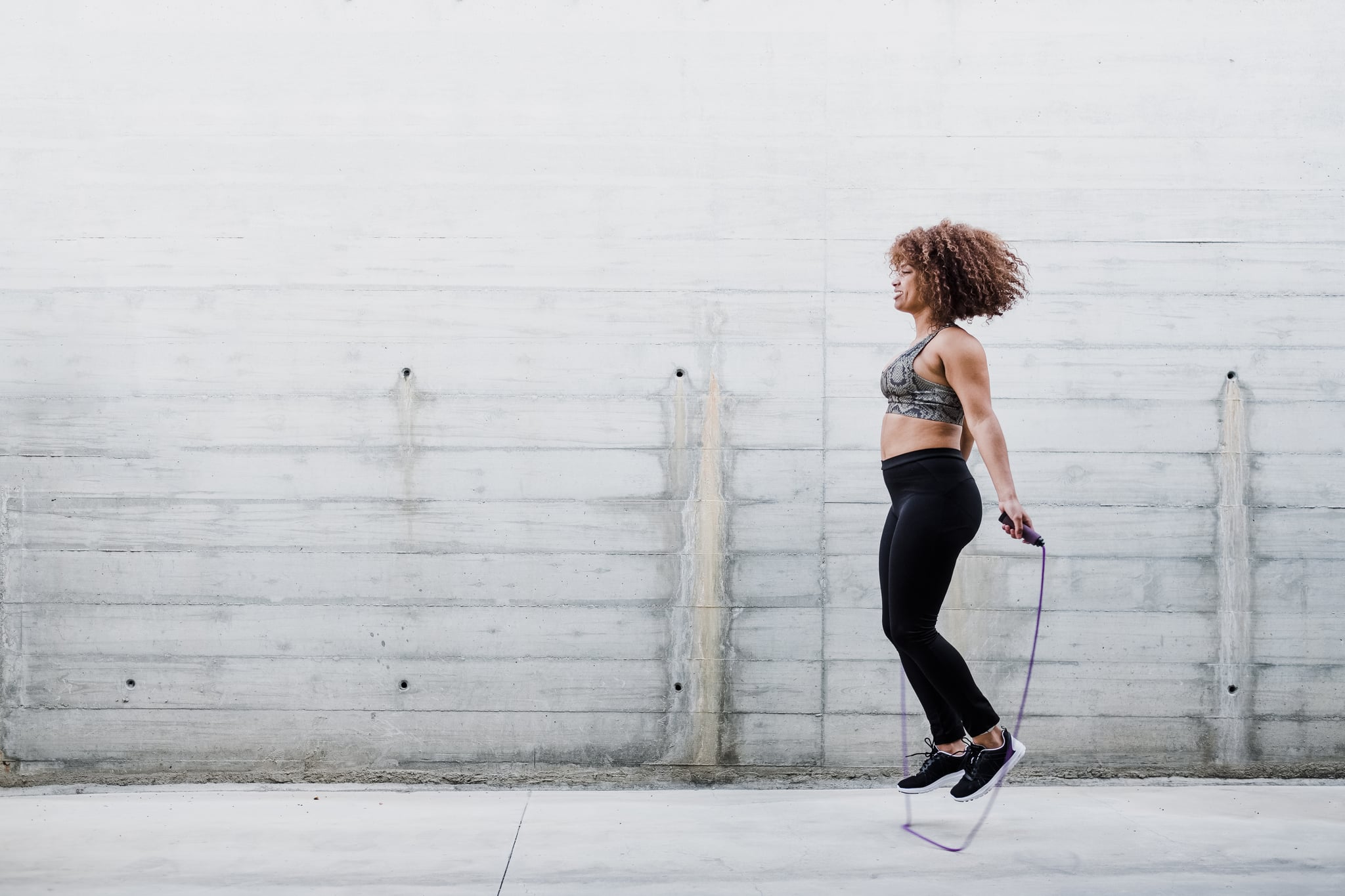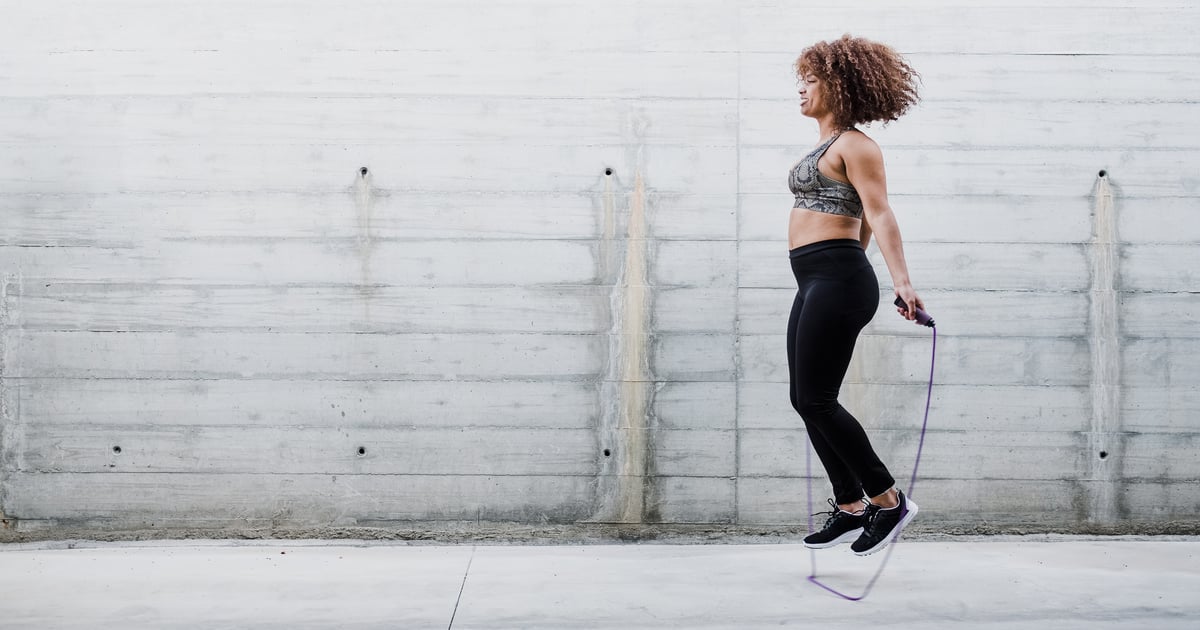
The number-one thing that inhibits me from consistently working out is my menstrual cycle. Even when I’m not on my period, I can be fatigued, sore, and quite frankly, cranky — other days, I’m energized and inspired to get active.
But, instead of feeling frustrated and defeated on days where I’m not motivated to press play on a Peloton video, I’m dedicated to learning what my body needs, and why, during my highs and lows.
“Being mindful of the biological changes occurring in various parts of the cycle can help you choose a type of exercise that will be most effective and have the least amount of discomfort,” Dr. Lucky Sekhon, MD, a reproductive endocrinologist, gynecologist, and infertility expert at RMA of New York, says.
As Dr. Sekhon points out, different types of workouts can best suit particular phases of one’s menstrual cycle. Her advice ahead, along with cycle-tracking apps (she suggests Flo!), can help you understand your body more, too.
Remember that everyone’s different, and it’s always best to listen to your body and chat with a doctor for guidance on exercises that are best for you.
Hydration is important to keep in mind, too — especially after ovulation when your progesterone levels are high. Dr. Sekhon says that progesterone can relax the blood vessels leading to a slight drop in blood pressure, making one more prone to dizziness and lightheadedness when dehydrated.
Follicular Phase
During the follicular phase (after menstruation and before ovulation), one’s hormones (estrogen and progesterone) are low and at a baseline level, Dr. Sekhon says.
“During the first few days of bleeding, one might feel low in mood, tired, and more lethargic than usual. There may be cramps and discomfort, as well as back pain, which can make it less motivating to exercise.”
But, after a few days of heavier bleeding, Dr. Sekhon says that the low hormone levels give rise to increased pain tolerance and optimal recovery, making it a good time to take on a HIIT class.
“High-impact exercise is likely to be most comfortable during this phase, especially as the ovaries will be small as ovulation (the release of an egg) has not yet taken place from an enlarged follicle in the ovary.”
Plus, she adds that it’s often easier to reach your peak heart rate while exercising during this time.
Ovulation
“There are no particular workouts that I would recommend during ovulation,” Dr. Sekhon says.
Ovulation — the release of an egg from the ovary — can cause cramping and discomfort, which can be exacerbated by high-impact workouts, she adds.
“It would be best to stick with gentle, low-impact exercise at this phase. Abdominal straining or twisting may also make ovulation pain worse.”
Luteal Phase
After ovulation and before menstruation is the luteal phase, which is marked by an increase in progesterone levels, Dr. Sekhon says.
According to Dr. Sekhon, progesterone can cause sleepiness because it has a relaxing effect — you may experience an influx of irritability and mood swings, too.
“During the luteal phase, elevated progesterone levels have a relaxing effect on the muscles and ligaments. It is important to stretch carefully before exercising,” she says.
“High-impact or any exercise with shearing force might be more likely to cause injury. In addition, high-impact exercises like running may irritate sore breasts.”
Dr. Sekhon suggests listening to your body and prioritizing low-impact, gentler exercises like swimming, brisk walking, or Pilates during this time. And toward the end of the luteal phase, she adds that cardio and aerobic activities could help release endorphins to counteract any crankiness you may be feeling.
Menstruation
When the uterus lining breaks down due to the withdrawal of hormones, your body experiences menstruation, Dr. Sekhon says — which comes with cramping, bleeding, and fatigue. She confirms that women often feel less motivated to workout at this time more than any other part of the cycle.
“The cramps and abdominal and pelvic tenderness may make abdominal exercises less comfortable. If bleeding is heavy and associated with fatigue or weakness, it may be best to avoid high-intensity workouts,” Dr. Sekhon says.
“The best type of exercise during menstruation may be yoga, as it has a calming effect and can be gentle. The stretching may help alleviate some muscular pain and discomfort.”
Overall, Dr. Sekhon suggests listening to your body during this time because you’re probably going to be weak until you’re restored to a normal balance of iron and hemoglobin.
Click here for more health and wellness stories, tips, and news.
